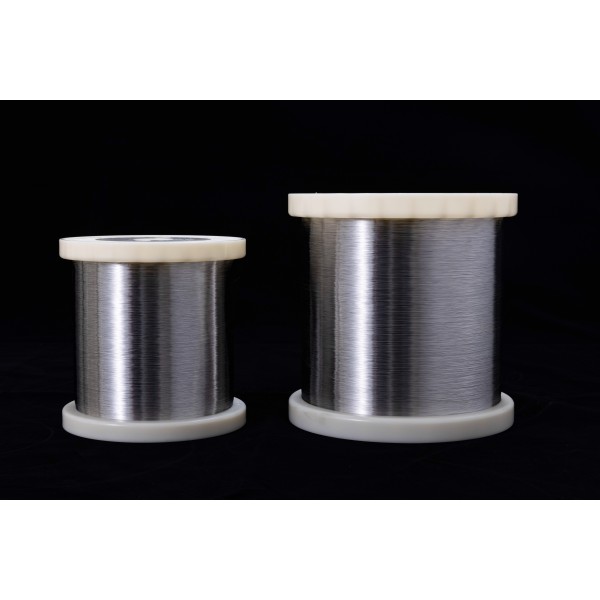

AISI 316L
316L stainless steel is a low-carbon version of 316 stainless steel with the following features and benefits:
Excellent corrosion resistance: Compared to 316 stainless steel, 316L contains a lower carbon content, which makes it less corrosive after welding. It is also suitable for applications with high corrosion requirements, such as Marine environment, chemical industry and so on.
Good high temperature resistance: 316L stainless steel can still maintain excellent corrosion resistance and mechanical properties at high temperatures, which makes it suitable for equipment and pipelines in high temperature environments.
Excellent weldability: Due to the low carbon content of 316L, it is easier to control the formation of carbides during the welding process, thereby reducing the corrosion of the welding site. This makes it particularly suitable for applications where welding is required.
Wide range of applications: 316L stainless steel has good corrosion resistance and high temperature resistance, so it is widely used in Marine engineering, chemical equipment, pharmaceutical industry, food processing and other occasions with high corrosion requirements.
Beautiful and durable: 316L stainless steel also has a smooth, bright surface, easy to clean and maintain, so it is widely used in the manufacture of products that need to look beautiful and durable, such as kitchen utensils, decorative materials and so on.
In general, 316L stainless steel with its excellent corrosion resistance, high temperature resistance, excellent weldability and a wide range of applications, has become one of the preferred materials for many applications with high requirements for stainless steel quality and performance.
Excellent corrosion resistance: Compared to 316 stainless steel, 316L contains a lower carbon content, which makes it less corrosive after welding. It is also suitable for applications with high corrosion requirements, such as Marine environment, chemical industry and so on.
Good high temperature resistance: 316L stainless steel can still maintain excellent corrosion resistance and mechanical properties at high temperatures, which makes it suitable for equipment and pipelines in high temperature environments.
Excellent weldability: Due to the low carbon content of 316L, it is easier to control the formation of carbides during the welding process, thereby reducing the corrosion of the welding site. This makes it particularly suitable for applications where welding is required.
Wide range of applications: 316L stainless steel has good corrosion resistance and high temperature resistance, so it is widely used in Marine engineering, chemical equipment, pharmaceutical industry, food processing and other occasions with high corrosion requirements.
Beautiful and durable: 316L stainless steel also has a smooth, bright surface, easy to clean and maintain, so it is widely used in the manufacture of products that need to look beautiful and durable, such as kitchen utensils, decorative materials and so on.
In general, 316L stainless steel with its excellent corrosion resistance, high temperature resistance, excellent weldability and a wide range of applications, has become one of the preferred materials for many applications with high requirements for stainless steel quality and performance.
|
Density: |
8.0 g/cm3 |
|
|
1398 °C |
|
|
17.5 m/m °C (at 20 - 100 °C) |
|
|
187.5 kN/mm2 |
|
|
70.3 kN/mm2 |
|
|
N/A |
|
|
AISI-316L;SUS-316L;DIN 1.4404;UNS S31603 |
|
|
700 - 800 N/mm2 (annealed) |
|
|
-200 to +300 °C (recommended) |
|
|
Cr : 16.5-18.5 % |
|
Ni : (1) ≥ 10 % (2) ≥ 12 % |
|
|
Mn : < 2 %;Mo : 2.0-2.5;C : < 0.03 % |
